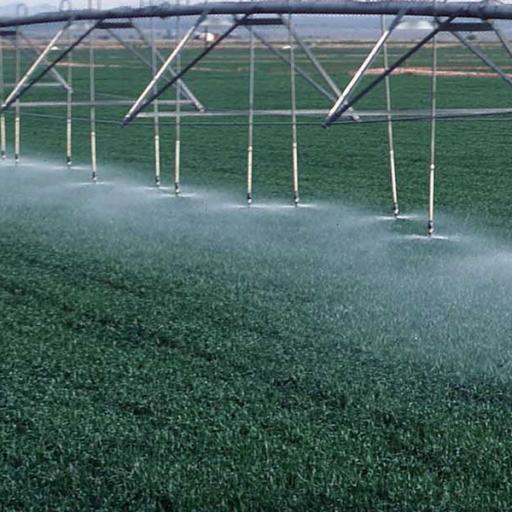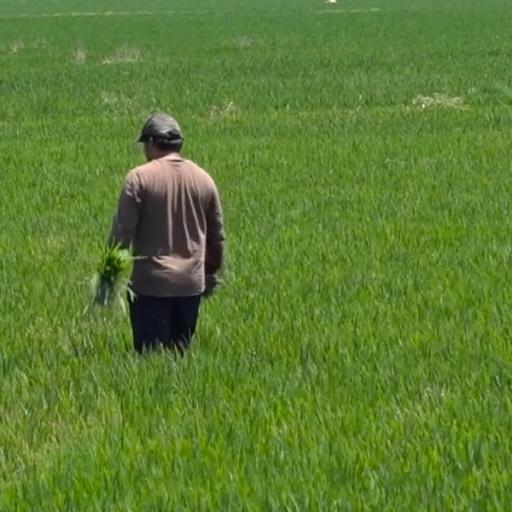A composite role on output growth could been assigned to agricultural extension compared to R&D which affect productivity only through technical change (Alston and Pardey). In particular, agricultural extension not only accelerates the diffusion process and the adoption of new technologies but also affects the utilization of these technologies by improving farmers’ know how. That is, apart from providing information about new farming techniques and high-yielding varieties, extension agents also assist farmers in the development of their managerial skills, facilitating a shift to more efficient production. in this sense it can narrow the gap between current and the potential productivity, given the existing set of technology and management alternatives. Thus, in in a continuously changing economic environment agricultural extension has the potential of enhancing the efficiency of farm operations and thus affecting the overall productivity.
The literature on the impact of agricultural extension on farm productivity has followed two different tracks. The early empirical studies (e.g., Patrick and Kehrberg; Huffman) hinged on the estimation of a production function, where extension had been considered as a separate factor of production (for a review of these studies see Birkhaeuser, Evenson and Feder). This production-based approach assumes that farms are operating at technically full efficient levels and thus do not knowingly waste resources. If, however, they waste resources but are ignorant of doing so, this is only due to lack of knowledge. Within this approach the impact of extension on farms performance is evaluated through its marginal product and in a sense captures its direct effect on output. On the other hand, in the context of stochastic frontier models, the analysis of agricultural extension took a different direction. As the assumption of technical efficiency was relaxed, extension was used as a factor explaining individual technical efficiency levels rather than as an input in the production function (e.g., Kalirajan; Kumbhakar, Ghosh and McGuckin; Bravo-Ureta and Evenson). Within this approach, the impact of extension on farm product is indirect as it is evaluated through the potential output gain due to elimination of technical inefficiency. Even though informative at that time, both approaches can be criticized as incomplete since it is intuitively more appealing to include extension both in the production function and in the inefficiency effects function.
The main objective of this paper is to integrate both approaches into a single framework using the notion of non-neutral stochastic production frontier proposed by Huang and Liu and Kalirajan and Obwona. The intuition behind the proposed formulation is that different levels and/or sources of extension (i.e., public, private, or both) may influence output differently causing a diversity in input productivities as well as in the marginal rates of technical substitution among firms. Consequently, the effects of technical inefficiency on input productivity may be greater on some inputs than on others implying that the estimated frontier would more accurately be modeled as a non-neutral shift of the traditional ‘average’ production function. Moreover, each of the aforementioned approach can be retrieved as a special case within the proposed formulation. That is, formal statistical testing is used to check whether extension should be included only in the production function or in the inefficiency effect function, or in both. In the latter case, an empirical evaluation of both the direct and indirect effects of agricultural extension can be obtained.
Unlike previous studies, a clear distinction is drawn between public (non-fee) and private (paid) sources of extension. This is essential considering the significant changes that took place worldwide in the last twenty years concerning the structure of extension systems and the involvement of public and private sectors in financing and providing extension services (Dancey; Dinar, 1989; 1996). Discriminating among different farmers’ choices enables the identification of potential benefits that may arise from different sources of extension provision for individual farm productivity (Dinar and Keynan). In that respect, it would be important from a policy point of view to obtain an empirical comparative evaluation of the individual effects (direct and indirect) that public and private extension services may have on farm productivity. Indeed we attempt to document the hypothesis of complementarity between public and private extension services. The analysis is based on a sample of 265 farms in Crete, Greece during the period 1995-96 and on a modified translog production frontier function to account for possible zero entries as some farms in the sample were not exposed at all to any kind of extension services.







